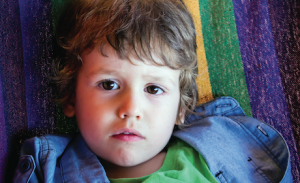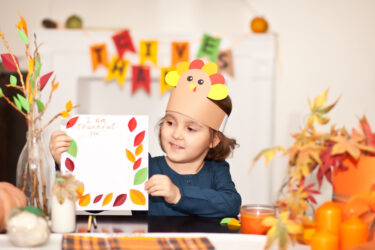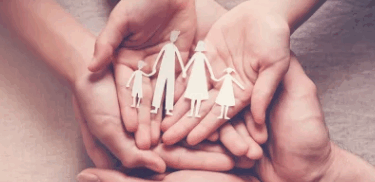“My child did what?!”
Have you ever been surprised to discover that your child behaves completely differently when he’s in someone else’s care? Have you heard about his behavior with his grandparents, for instance, and it’s unrecognizable to you? Have you observed him behaving out of character (shy, wound up, etc.) around same-age peers?
If you can answer “yes” to any of these questions, you’re not alone. It’s quite common for kids (and adults) to behave differently in different situations, but it often has to do with inconsistency regarding how adults care for kids.
CHALLENGING AND TESTING BOUNDARIES
It’s the old, “If you give him an inch, he’ll take a mile.” Kids are smart and pick up very quickly which adults will give them more leeway than others. They’ll test their boundaries in new situations/ environments to see how far they can go.
Although kids may test their limits, Sharon James, senior parent coach at Beech Acres, says “kids feel safe when they have parameters.” It’s important for kids to know what these “parameters” are and why they’re important. For example, if your child will not walk beside you in a parking lot, a consequence could be that he’s not permitted to go with you. He needs to understand that limits are for his own safety.
ENVIRONMENT
There are different expectations between home and school environments. At home, kids have less demands placed on them. They can move freely, choose what activities they participate in, have access to more attention, and have increased access to preferred items such as TV, tablets and video games. School can be more demanding and “the bigger the ‘teacher style/parent style’ gap is, the more the child may struggle transitioning between home and school,” explains James.
It’s important to understand that children may have two very different expectations between environments. James recommends that parents and teachers communicate so your child’s behavior can be best understood. Other environmental factors that affect behavior: parents going through a divorce, difficulty with transitioning, conflict with parents/teacher or illness in the family.
PERSONALITY
The personality of your child and the adults in his life bring behavior differences. If your child’s an introvert, he may act quiet at school, but may talk more at home where he’s more comfortable — or visa versa, depending on the child. A child who is an extrovert may become louder and more engaged at school around an increased number of people. “It’s important to remember that teachers have different personalities from room to room,” says James. “The teacher/child match is important so kids feel safe, can thrive and are open to learning with the teacher.”
Personality is also a factor in how people address others. Some use more positive language, such as, “First, clean up and then you can have free choice,” while others use negative language: “You can’t play until you clean up.” Tone, body language and message can affect behavior. Children are more likely to comply with the positive message, as the outcome is a reward … first I have to clean up, but then I get free choice.
ROUTINE
Another factor that influences behavior is consistency and routine. Kids that are consistently praised for positive behavior will likely continue to display positive behavior. When kids are parented with inconsistency, they are more likely to display negative behaviors. It’s important that all environments maintain consistency in consequences, both negative and positive. If a child is given “empty threats” (no follow through on consequences), he learns that he can continue with his behavior “free of charge.” It’s important that he’s given consistent responses for his positive and negative behavior across all settings. Parents and teachers should do a “check-in about what the expectations and routines are for the classroom at the start of the year as well as midway through the year, so everyone is on the same page,” recommends James.
PEER INFLUENCE
Children are more likely to behave in a different way if under peer influence. Your child may be quieter at school than at home because he doesn’t want to embarrass himself. He may also engage in more physical and verbal behavior at school than at home if he is with peers that engage in similar behaviors. It’s important to talk to him about the effects and positive/negative consequences that can come from peer influence.
BASIC NEEDS
The amount of sleep and nutrition your child gets also impacts his behavior. If he doesn’t get enough sleep on school nights you will see a cranky kid, unable to participate in class. If he’s using electronics at night, James warns that “the blue light emitted may contribute to difficulty falling asleep.”
At home, most children have access to food when they’re hungry, but often they’ll skip out on breakfast which their brain needs for fuel at school. Pack him a healthy lunch rather than allowing him to choose what he buys at school — he may be filling up on empty calories.
WHEN TO SEEK HELP
If you observe your child’s behavior drastically changing between school and home or between various adults, you definitely need to investigate and you may even need to seek support. Contact his teachers to let them know what’s going on at home. If you have real, negative behavior issues going on, partner with family members in addition to teachers to create clear expectations/consequences (positive and negative) for him between home and school — and be consistent!
Beech Acres Parenting Center provides coaching, classes and networking for parents. It may be worth it to give them a call (513-231-6630).





